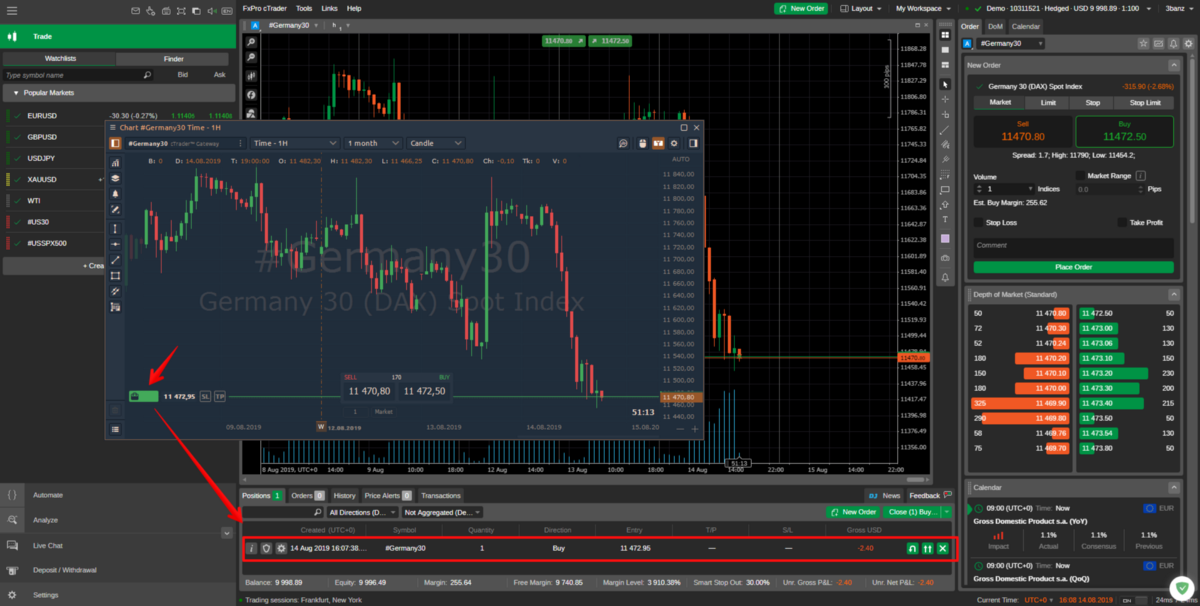The rapid growth of TikTok has left many brands scrambling to adjust. The most successful brands have a well-established presence on platforms such as Twitter, Facebook, and Instagram. But TikTok, with its short video format and unique younger audience, is a different type of social media environment; strategies that have been effective on other platforms do not necessarily translate. As TikTok has become a dominant social media platform, brands need to conduct consumer research on the platform to best understand how to implement strategies that work in this new social media environment.
But how should a brand approach consumer research on TikTok? Read on to learn about strategies that utilize cutting-edge analytics and social listening tools.
Using Sentiment Analysis on TikTok
Sentiment analysis is a key tool for conducting successful consumer research on TikTok. This social listening tool utilizes powerful AI to analyze large volumes of posts to discover their emotional content and organize that content in ways that help brands generate actionable strategies.
Because TikTok posts involve both videos and text, this process should utilize image analysis and text analysis. The goal is to analyze posts that either mention a brand directly or mention brand-relevant content such as competitors or the industry at large. The AI that powers sentiment analysis can derive this information based on the visual or textual content in a post, even if a brand is not directly tagged.
Social analytics platforms can then use sentiment analysis to determine whether these brand-relevant posts express positive or negative sentiment. For example, NetBase Quid AI assigns a Net Sentiment score ranging from -100 to 100 to posts or collections of posts. This rating assesses both the valence and strength of the emotions expressed.
When it comes to consumer research, the crucial step is to organize this sort of sentiment data based on demographic characteristics. TikTok users tend to be younger, so data from the platform will more likely aid a company’s approach to marketing to a younger audience, but sentiment analysis tools can also be used to understand the opinions of other broad audience segments such as those based on gender and location, as well as more focused segments such as those based on shared interests and hobbies.
With this information in hand, a brand can create content on TikTok that draws from brand-positive existing posts and avoid the problems at the heart of brand-negative posts.
Targeting Influencers with Consumer Research
According to a recent report, TikTok influencers have the highest social media engagement rate per post among all social media platforms. The average engagement rate for TikTok posts from micro influencers is 17.96%, compared to 3.8% on Instagram and 1.63% on YouTube.
This means that brands should focus consumer research on identifying and partnering with TikTok influencers, particularly influencers operating in spaces that are directly relevant to the brand’s product. For example, some of the most popular TikTok influencers create content focused on fashion and food reviews and recommendations. Influencers also tend to promote DIY-based content.
The number of influencers on TikTok continues to grow, as does the number of their followers, and the variety of subjects that their content addresses. Brands looking to establish a presence on TikTok would be wise to recognize this trend and apply consumer research strategies to identifying influencers that would be a good fit.
Here again sentiment analysis is a helpful tool. Companies can sort through TikTok posts to identify those with a high volume of views and a positive attitude towards its product or industry. If an influencer posts a positive review of a makeup brand, sentiment analysis can identify this post. Brands might want to look for posts from influencers on the rise to pursue early partnerships and maintain an association with the influencer as their popularity grows.
Consumer Research for Actionable TikTok Strategies
The benefit of using sentiment analysis to conduct consumer research on TikTok is that the technology easily generates actionable insights. Brands can better understand the demographic characteristics of their audience, can identify their shared interests, and can discover influencers who are likely to connect on this rapidly evolving and increasingly popular platform.



































































